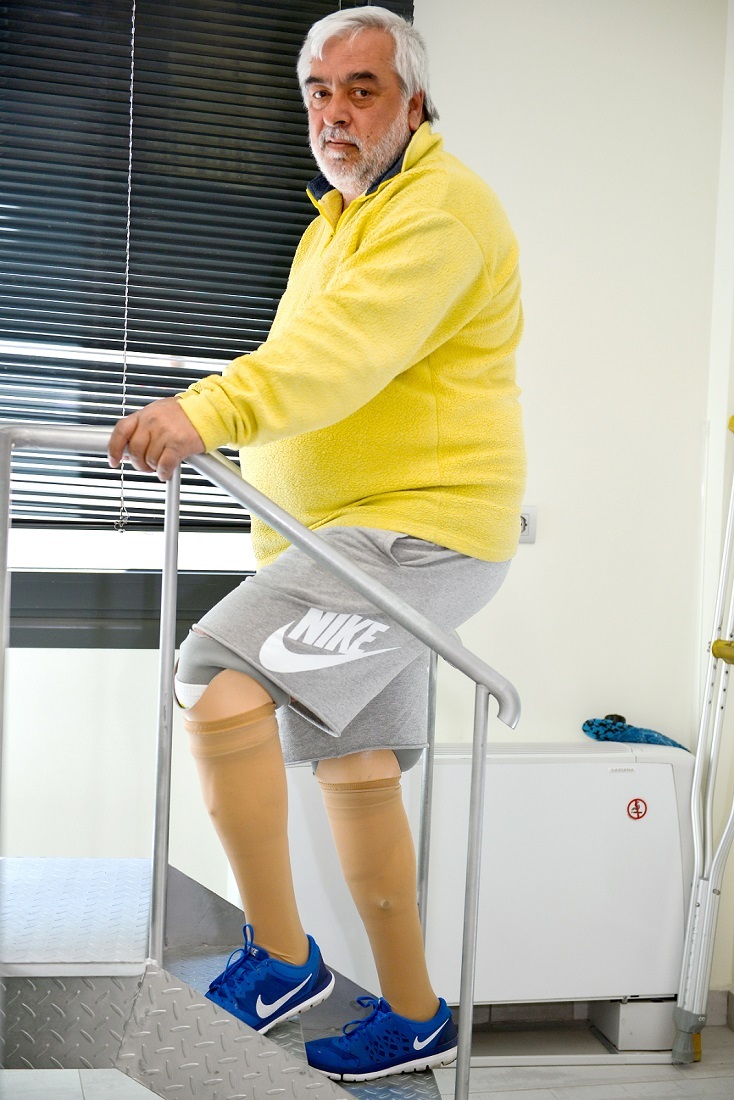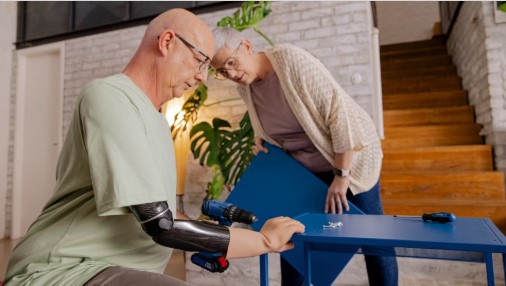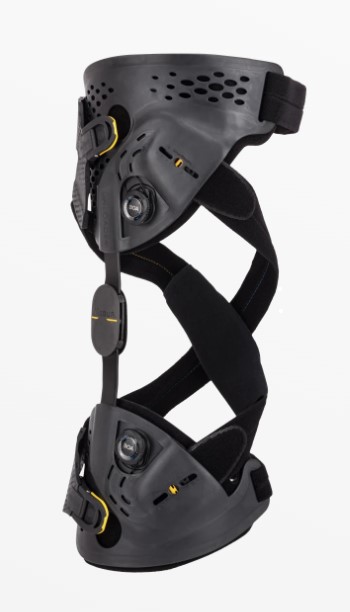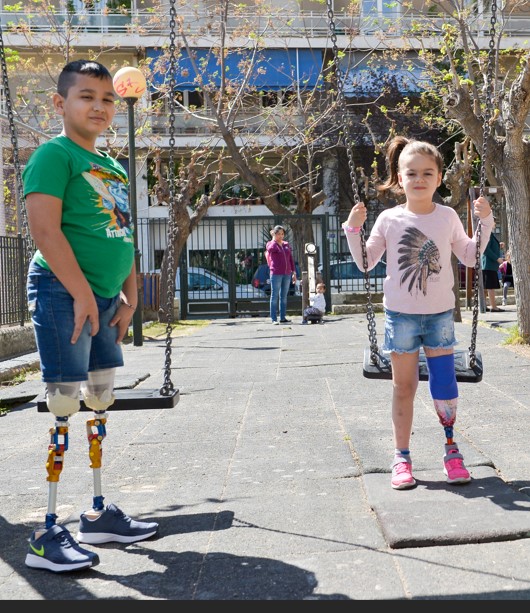Activity Levels
It is an evaluation system, used by Medicare, to show a person's recovery capabilities. The system has a score from 0 to 4 and indicates the ability of an individual to use a prosthetic device.

CATEGORY K0: (Walker without possibilities)
The patient is not able to move or be transported safely with or without assistance and an artificial limb does not enhance his quality of life or mobility.
Objective: This level is not an objective for the prosthetist.
CATEGORY K1: (Indoor walker)
The patient has the ability to use the prosthesis, at low speed at ground level, for movement purposes. The time and distance he can travel are very limited due to his general pathological condition.
Objective: To restore the patient's ability to stand and move restrictedly, indoors.
CATEGORY K2: (Restricted outdoor walker)
The patient has the ability to move slowly with the artificial limb and to face environmental obstacles such as curbs, stairs and uneven ground. The time and distance he can walk are limited due to his general pathological condition.
Objective: To restore the patient's ability to stand and move indoors and outdoors.
CATEGORY K3: (Outdoor walker)
The patient has the ability to move with the intention at a variable pace and at the same time to face most environmental obstacles. It has the ability to move in open areas and can engage in professional activities that do not however expose the prosthesis to mechanical requirements, above average. K3 also includes those who have an increased need for safety due to secondary conditions (additional handicaps, special living conditions) in combination with moderate to high mobility activities.
Objective: To restore the patient's ability to walk and move without restrictions, indoors, but also with imperceptible restrictions outdoors.
CATEGORY K4: (Outdoor walker with very strict requirements)
The patient is able to walk like a K3 walker. There is no limit to the time and distance that can be traveled. In addition, due to the high operational requirements, the prosthesis must maintain a high level of vibration, tension and rotation.
Objective: To restore the patient's ability to walk and move without restrictions indoors and outdoors.



